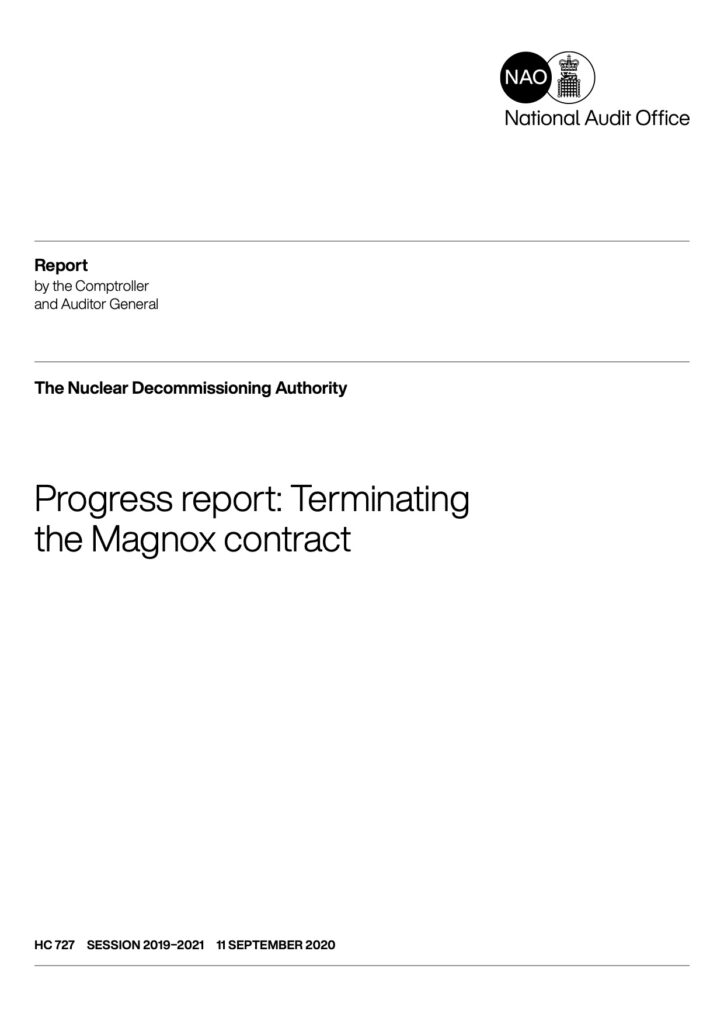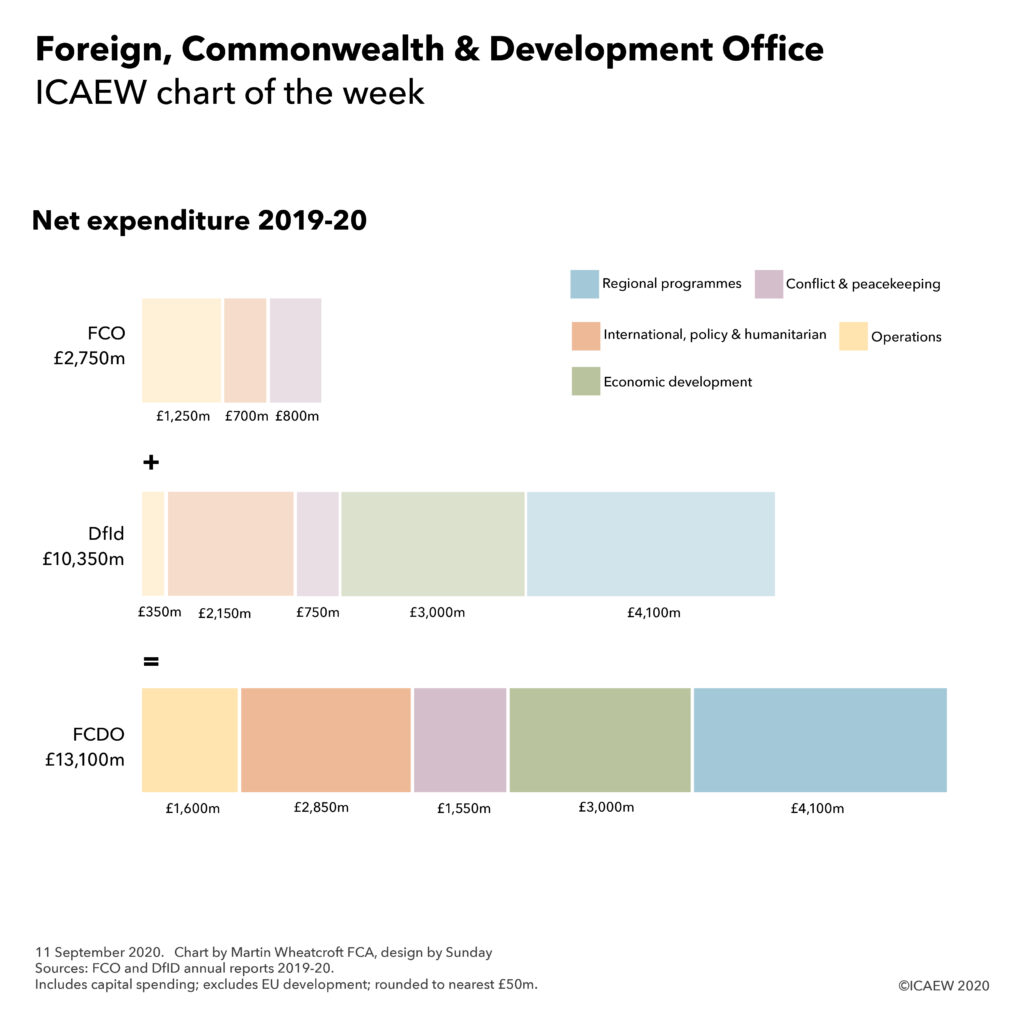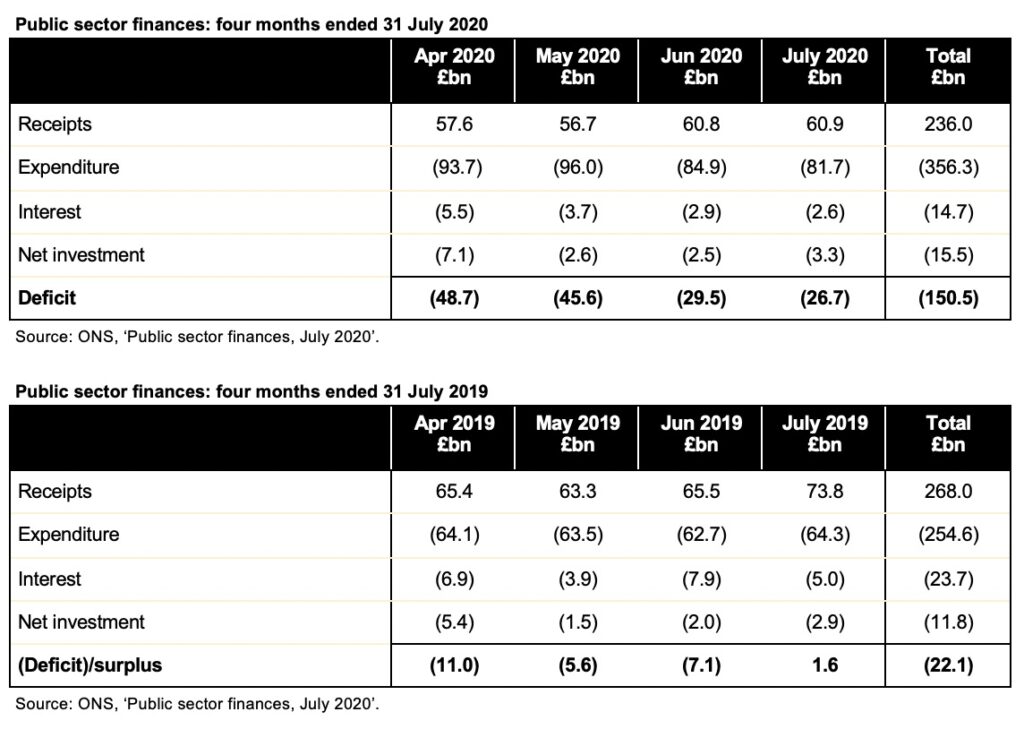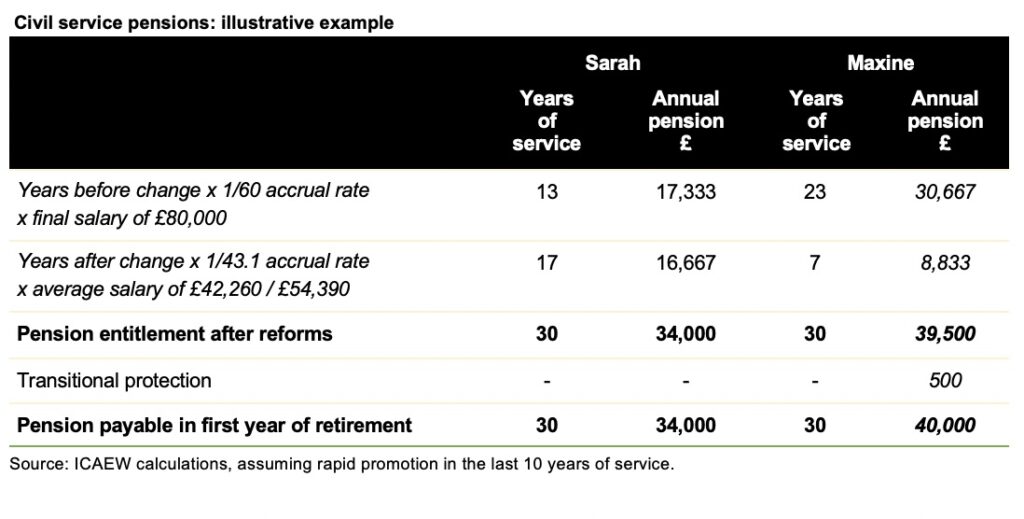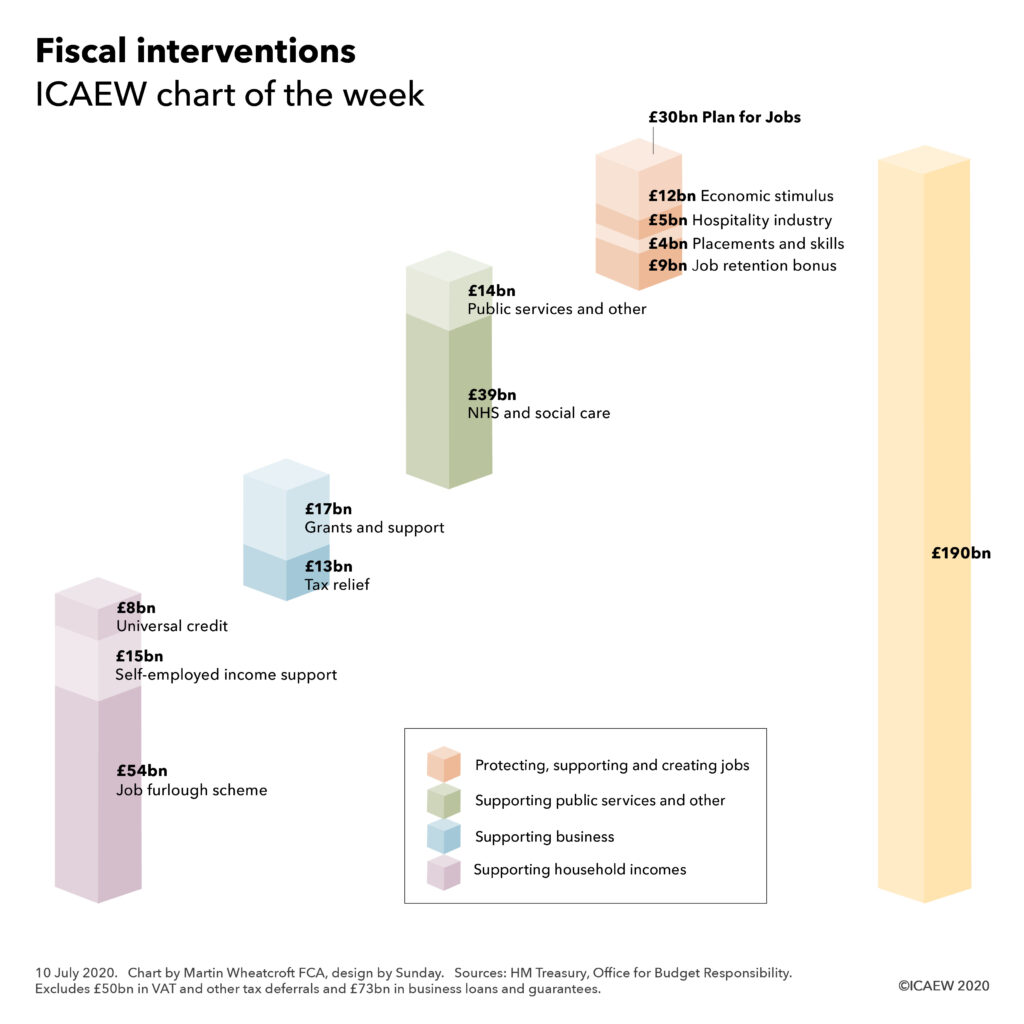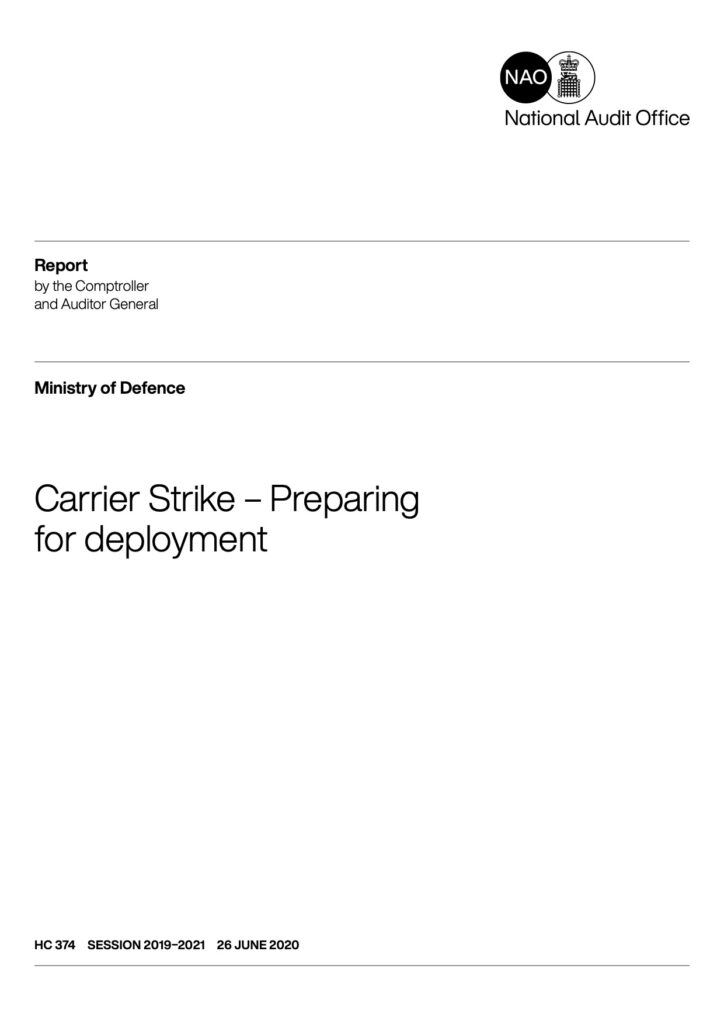16 September 2020: The National Audit Office has issued a report on the £20m cost of exiting the failed Magnox contract to decommission nuclear research sites and power stations.
The National Audit Office (NAO) report covers the handling by the Nuclear Decommissioning Authority (NDA) of the failed Magnox contract to decommission two nuclear research sites and 10 Magnox power stations and the estimated £20m cost incurred on exiting the contract.
The NDA is a statutory body established in 2005 to take ownership of the decommissioning programme for the UK’s oldest fleet of nuclear power stations and other nuclear facilities. At 31 March 2020, the NDA had an estimated liability of £135bn in its accounts for the costs of decommissioning still to be incurred.
The NDA has awarded a series of contracts to clean up nuclear sites and deal with radioactive materials, including fuel. This includes the 14-year Magnox contract awarded in 2014 to Cavendish Fluor Partnership (CFP) which the High Court decided was wrongly awarded, with the NDA agreeing a £97m settlement with a bidder in 2017.
The NDA then decided to terminate the contract with CFP nine years early, and an earlier report by the NAO stated how £122m had been lost by that point. The Public Accounts Committee reported in 2018 that the NDA needed to improve its understanding of the state of the sites, its ability to monitor work carried out on them, and the capability and expertise of its executive team.
Since 2017, a revised contract has been agreed with CFP and further litigation avoided, with £2.7bn of decommissioning work completed before the contract ended in August 2019.
The NAO says there have been further costs to the taxpayer, including an estimated termination cost of £20m to negotiate the early exit from the contract and incentivise a smooth handover of sites without further legal challenge. This is a relatively small amount in the context of the £6.9bn to £8.7bn estimated cost for decommissioning the Magnox sites.
The NAO report stated: “With the NDA now taking more direct control over the management of its sites, it will be critically important that it builds and retains better knowledge of the condition of its sites to enable it to plan and deliver decommissioning work efficiently and effectively. The NDA considers that it will be better placed to achieve this under its revised delivery model, but it is too early for us to assess the effectiveness of these arrangements.”
Martin Wheatcroft FCA, adviser to ICAEW on public finances, commented: “The huge sums being spent on decommissioning nuclear facilities can hide many sins, but we are fortunate that the National Audit Office is able to dig around and analyse what is going on.
“On this occasion, the £20m cost of exiting the Magnox contract appears a relatively small price to pay for a second chance at getting the decommissioning of the Magnox fleet right. There are much larger sums – in the billions – riding on the as-yet unproven new delivery model being put in place by the Nuclear Decommissioning Authority.”
